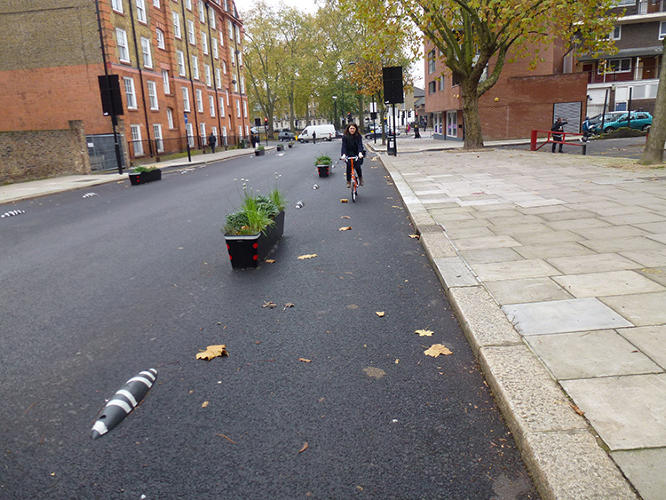Download PDF version of Update
BACKGROUND
As you know, the City of Toronto and TRCA are conducting a Schedule C Municipal Class Environmental Assessment (EA) to study options for a multi-use trail system within the East Don Corridor. The proposed trail would provide a key connection in the multi-use trail network joining the existing East Don Trail (East of Wynford Heights Crescent), Gatineau Corridor Trail (at approximately Bermondsey Road), and the Lower Don Trail System.
STATUS
In our last update (August 2016) we indicated that a few segments of the trail still required utility landowner approval these included two crossings of the Metrolinx rail line, one within the Hydro Corridor and one north of Eglinton Avenue. At these two crossing locations the rail line is not high enough to provide sufficient space to construct a tunnel under the rail line. During the Environmental Assessment (EA) process options explored to cross the rail line in these locations included at-grade and bridge crossings. The preliminary preferred method of crossing was evaluated to be at-grade crossings, however following discussions with Metrolinx these cannot be selected as the final preferred. Metrolinx/GO’s policy direction is to not permit any new at-grade crossings of active rail corridors. Therefore the second highest evaluated crossings, bridges, have been selected as the final preferred crossing for these two rail line crossing locations.
EAST DON TRAIL PREFERRED DESIGN CONCEPT
The previously presented preferred trail design concept for the East Don Trail remains the same, except for the amendment of the two at-grade crossings to two rail line bridge crossings. The preferred option of crossing the Metrolinx rail line at three additional locations also remain unchanged and include two tunnel crossings and one underpass. The final preferred trail design concept, including the two rail line bridges can be seen in the map provided below.
RAIL LINE BRIDGES
Both bridges will be designed and built to span the Metrolinx right-of–way, ranging from 45 to 60m long, the specific sizing of these crossings will be completed in the detailed design project phase. Both bridges will aim to meet a minimum of 7.4 m vertical clearance, the distance from the rail line to the bottom of the bridge structure. Bridge width will be determined with the function of a multi-use trail in mind, aiming for a width of at least 3.5 m.
Further design and implementation considerations may include: bridge surface material type to consider an anti-slip surface, railing height and design to consider safety of trail users and rail line operations, bridge abutments and load requirements.
To transition trail users from the trail at ground level to the bridges over the rail line three design approaches will be explored: multi-use trail switchbacks, sloped walkways, and raised ramp structures. The specific dimensions for each of these will be determined during the detailed design project phase, and will consider: grades, number and location of landings/resting areas, handrails, guards, length, width, and turn radius.
The design of the bridges and transition areas will be done in consultation with Metrolinx and will work to meet the Ontario Accessibility Standards for the Design of Public Spaces Guidelines (2013), the Toronto Multi-Use Trail Design Guidelines (2014), City of Toronto Accessibility Design Guidelines (2004), and all applicable Transport Canada and Metrolinx standards.
NEXT STEPS
The public and project stakeholders are being asked to review and provide comments on the recent changes to the East Don Trail preferred trail design concept which includes the two rail line bridges. Any comments are requested by Wednesday, September 21, 2016. Following this two week review period, any necessary changes or additions will be made to the proposed rail line bridge crossings and the Environmental Study Report (ESR) will be updated. The ESR will be filed with the Ministry of Environment and Climate Change for a 30 day public review period. For further information on the ESR process please see Frequently Asked Questions.








